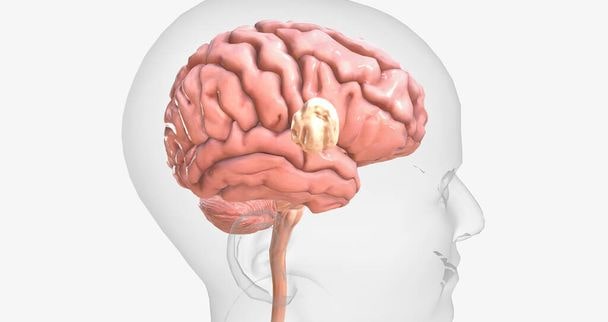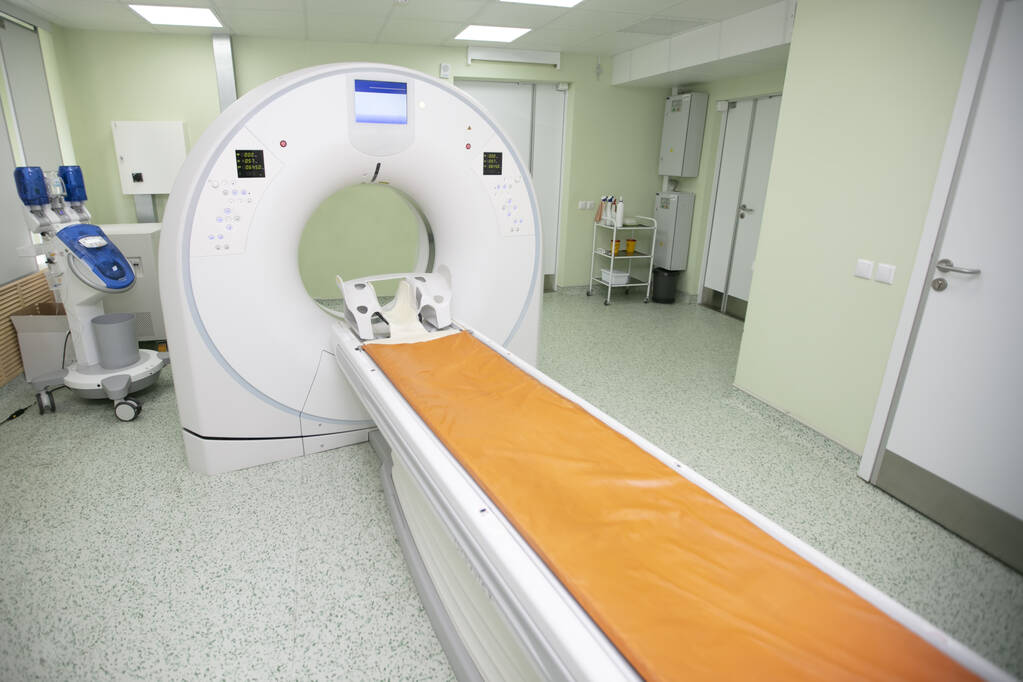1,687 total views
Last Updated on 12/09/2025 by James Anderson
Introduction to Modafinil
Modafinil, often dubbed the “wakefulness pill,” is a prescription drug originally developed to treat narcolepsy. Over time, it has gained popularity for its ability to enhance alertness, improve focus, and support cognitive performance in both clinical and healthy populations.
Approved Uses vs. Off-Label Uses
Medically, Modafinil is approved for narcolepsy, shift work sleep disorder, and obstructive sleep apnea, related fatigue. Off-label, it’s used by students, professionals, and even military personnel for its brain-boosting potential.
How Modafinil Works in the Brain
Modafinil’s exact mechanism isn’t fully understood, but fMRI studies have helped illuminate its effects.
Neurochemical Changes
It subtly influences dopamine, norepinephrine, and histamine levels, all of which play roles in attention, motivation, and wakefulness.
Key Neurotransmitters Involved
While dopamine increases are mild compared to stimulants like amphetamines, Modafinil’s impact on orexin (hypocretin) systems makes it unique in maintaining sustained alertness without the “wired” feeling.
The Role of fMRI in Understanding Brain Function
How fMRI Technology Works
Functional Magnetic Resonance Imaging (fMRI) detects changes in blood flow in the brain, indirectly measuring neural activity.
Why fMRI is Useful for Studying Modafinil’s Effects
Because Modafinil affects subtle brain processes, fMRI can visualize the enhanced communication between brain regions involved in focus, planning, and alertness.
What fMRI Scans Reveal About Modafinil’s Effects

Increased Prefrontal Cortex Activity
The prefrontal cortex, essential for decision-making and attention, shows heightened activity after Modafinil administration.
Enhanced Connectivity Between Brain Regions
fMRI data reveal stronger links between the prefrontal cortex and parietal areas critical for working memory and sustained focus.
Changes in Resting-State Brain Networks
Modafinil appears to fine-tune the brain’s default mode network (DMN), reducing mind-wandering and promoting task-oriented thinking.
Modafinil and Focus
Cognitive Control Improvements
Studies show users are better at ignoring distractions and maintaining goal-directed behavior.
Effects on Sustained Attention
Tasks requiring prolonged concentration show improved accuracy and reaction times under Modafinil.
Differences Between Healthy Individuals and Patients
While healthy individuals get modest boosts, those with cognitive impairments or sleep disorders often see more dramatic gains.
Modafinil and Alertness
Reducing Mental Fatigue
Users often report a “clear-headed” feeling, even after long work hours.
Effects on Sleep-Deprived Individuals
Military and medical studies confirm that Modafinil can maintain cognitive function after 24+ hours without sleep.
Comparing Modafinil to Other Stimulants
Caffeine
While caffeine blocks adenosine receptors to reduce sleepiness, Modafinil has a more targeted impact on wake-promoting neurotransmitters.
Amphetamines
Unlike amphetamines, Modafinil’s dopamine boost is moderate, lowering addiction risk and jitteriness.
Potential Risks and Side Effects
Short-Term Effects
Headaches, nausea, and insomnia are the most reported issues.
Long-Term Considerations
Data is limited, but chronic high-dose use may affect blood pressure or mood regulation.
Ethical and Societal Implications
Cognitive Enhancement Debate
Is it fair to use Modafinil for performance in competitive environments? Opinions are divided.
Workplace and Academic Use
Its off-label use raises questions about workplace ethics and academic integrity.
Conclusion
fMRI studies reveal that Modafinil enhances brain connectivity, especially in regions tied to focus and alertness. While its effects are significant for those with sleep-related disorders, healthy individuals also experience measurable though more modest gains. Like any cognitive enhancer, it should be used responsibly, with awareness of potential side effects and ethical considerations.
FAQ
1. Does Modafinil make you smarter?
Not exactly, it helps you focus and stay alert, which can indirectly improve performance.
2. How quickly does Modafinil start working?
Most users feel effects within 30-60 minutes.
3. Is Modafinil addictive?
It has a low addiction potential compared to other stimulants, but dependency is still possible.
4. Can you take Modafinil every day?
Some do, but long-term safety in healthy individuals is not well-established.
5. Is Modafinil legal?
It’s prescription-only in most countries; laws vary.
‼️ Disclaimer: The information provided in this article about modafinil is intended for informational purposes only and is not a substitute for professional medical consultation or recommendations. The author of the article are not responsible for any errors, omissions, or actions based on the information provided.
References:
- Astafiev S. V., Snyder A. Z., Shulman G. L., Corbetta M., Science. www.sciencemag.org/cgi/content/full/328/5976/309-a. 2010
- Minzenberg M. J., Watrous A. J., Yoon J. H., Ursu S., Carter C. S., Modafinil shifts human locus coeruleus to low-tonic, high-phasic activity during functional MRI. Science. 2008
- T. P. Naidich. Duvernoy’s Atlas of the Human Brain Stem and Cerebellum: High-Field MRI, Surface Anatomy, Internal Structure, Vascularization and 3D Sectional Anatomy. 2009
- K. L. Simpson, R. C. Lin, in Brain Norepinephrine: Neurobiology and Therapeutics, G. A. Ordway, M. A. Schwartz, A. Frazer, Eds. 2007
- Oliva Ramirez A, Keenan A, Kalau O, Worthington E, Cohen L, Singh S. Prevalence and burden of multiple sclerosis-related fatigue: a systematic literature review. https://doi.org/10.1186/s12883-021-02396-1 . 2021.
- Ciancio A, Moretti MC, Natale A, Rodolico A, Signorelli MS, Petralia A. Personality Traits and Fatigue in Multiple Sclerosis: A Narrative Review. Journal of Clinical Medicine. https://doi.org/10.3390/jcm12134518 . 2023
- Mereu, M., Bonci, A., Newman, A. H., & Tanda, G. The neurobiology of modafinil as an enhancer of cognitive performance and a potential treatment for substance use disorders. https://doi.org/10.1007/s00213-013-3232-4 . 2013
- U.S. Food and Drug Administration. PROVIGIL. U.S. Department of Health and Human Services. https://www.accessdata.fda.gov/drugsatfda_docs/label/2015/020717s037s038lbl.pdf . 2015
- Ballon JS, Feifel D. A systematic review of modafinil: potential clinical uses and mechanisms of action. J Clin Psychiatry. 2006
- Willavize, S. A., Nichols, A. I., & Lee, J. Population pharmacokinetic modeling of armodafinil and its major metabolites. https://doi.org/10.1002/jcph.800 . 2016


